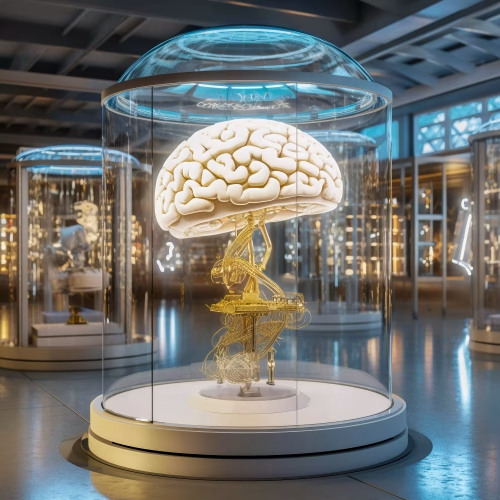
Neuroscience: Fundamental Principles to Computational Synapses
Unraveling the Brain’s Code: From Neural Circuits to Computational Models.
Skills you will gain:
This intensive one-month program delves into the core principles of neuroscience, from the basic anatomical and functional organization of the nervous system to advanced computational models of synapses. Participants will engage with topics such as neural signal processing, synaptic transmission, and neural network modeling, using both theoretical frameworks and hands-on computational tools. The course is designed not only to provide foundational knowledge but also to stimulate innovative thinking and practical applications in computational neuroscience, preparing participants for advanced research or careers in this dynamic field.
Aim: To explore the intersection of neuroscience and computational technology, providing a comprehensive foundation in how neural mechanisms underpin behavior and cognitive processes and their computational modeling. The program aims to equip participants with both theoretical knowledge and practical skills to innovate in the field of computational neuroscience.
Program Objectives:
- A strong foundation in both theoretical and empirical aspects of neuroscience.
- Advanced knowledge in computational methods used to model and analyze neural systems.
- The ability to apply computational skills to solve problems in neuroscience research.
What you will learn?
Week 1: Introduction to Neuroscience
- Structure and function of neurons, including basic neurochemistry.
- How neurons communicate through synapses, including neurotransmitters and synaptic plasticity.
- Overview of the central nervous system and peripheral nervous system.
- Introduction to MRI, fMRI, and PET scans.
Week 2: Electrical Properties of Neurons
- Understanding the ionic basis of action potentials.
- How action potentials are propagated along neurons.
- A quantitative description of the ionic basis of the action potential.
- Simulating neuronal behavior (Software: NEURON).
Week 3: Advanced Topics in Synaptic Transmission
- Mechanisms of short-term and long-term potentiation.
- Roles of different neurotransmitters and their links to neurological disorders.
- Understanding deep brain stimulation and transcranial magnetic stimulation.
- Modeling synapses using computational tools (Software: GENESIS).
Week 4: Integrative Neuroscience
- How individual neurons form complex networks.
- Basics of neural networks in the brain and in artificial intelligence.
- Introduction to technologies that integrate neural networks with computer systems.
- Discussion of case studies using MATLAB for analyzing neural data.
Intended For :
- Undergraduate or graduate students in Neuroscience, Biology, Psychology, or Computer Science.
- Professionals working in biotechnology, pharmaceutical industries, or academic research who wish to integrate computational methods into their neuroscience projects.
- Enthusiasts with a strong background in mathematics or programming interested in exploring brain function.
Career Supporting Skills
